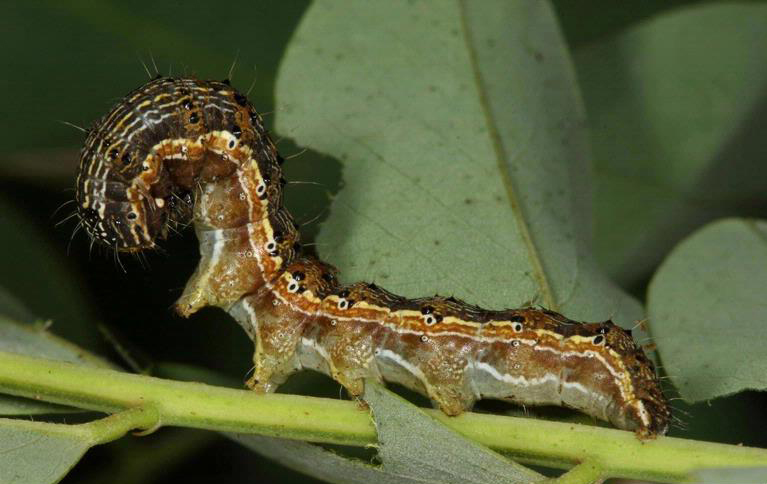The rumors have been flooding the internet for years and as we approach that infamous date, the media hype-machine is at its peak. You might hear words like Apocalypse, Armageddon, and Doomsday being loosely thrown around. Books have been published on the topic, programs about it have been aired on TV networks including The History Channel and The Discovery Channel, and a few years ago the
major motion picture 2012, starring John Cusack, became one of the year's highest grossing films. So what's really going on here? Should we give up our jobs and focus on outfitting underground bunkers to make those last moments with our loved ones as pleasant as possible while we await our impending doom? Simply put: NO! There are a number of theories out there attempting to support this idea of mankind's demise, but they're all wrong:
The Mayan Calender
The Mayan Civilization lived by a Long Count linear calender lasting approximately 144,000 days, which was a period of time known as a
b'ak'tun. According to Mayan stories of creation, the Gods failed in their first three attempted worlds. They succeeded on the fourth attempt and placed mankind into this world. The previous world was said to have ended after 13 b'ak'tuns (5125 years). The date marking the end of the third world and the start of the fourth world was set at August 11th or 13th, 3114 BC. This means that the current world will reach the end of its thirteenth b'ak'tun on December 21st or 23rd, 2012 AD.
Although the calender's cycle comes to an end, records show that the Mayans believed a new cycle would begin, just as it had in the past. Associating the end of the cycle with the end of the world has been called "a complete fabrication and a chance for a lot of people to cash in." In fact, the present day Mayan groups living in Guatemala have adopted an entirely new calendar system, and no longer consider the 13th b'ak'tun significant. Furthermore, Mayan elder Apolinario Chile Pixtun has acknowledged that "apocalypse" is a concept introduced by the Western world and has no connection with Mayan beliefs.
Polar Shift or Geomagnetic Reversal
This theory stems from observations that our planet's magnetic field is weakening, and implies that there will be a shift of the north and south poles. To add some more spice to the story, approaching solar storms are supposed to speed up the process. Some of this is partially true, in that the Earth does naturally go through geomagnetic reversals (the last one occurring 780,000 years ago) and we are affected by periodic solar storms.
The doomsday supporters try to paint the picture of this geomagnetic reversal as an overnight ordeal that will flip Earth and create chaos. In reality, the process is thought to take 5000 years to complete and has no particular start-date. In regard to the solar storms, astronomers do not expect the approaching storms to be anything out of the ordinary, and have found no evidence that links them to kick starting a polar shift.
Planet X Nibiru & Alien InvasionThese are two of the most imaginative theories. The first suggests that a massive unknown planet is on a collision course with Earth. This is simply impossible, since we would already be aware of the presence of such an object if it were supposed to hit us within the next two years. The second suggests hostile extraterrestrial lifeforms taking over. Sure, aliens could invade, but we have yet to prove that aliens exist, let alone are capable of invading.
Nostradamus & EinsteinOnce all of the other theories have been exhausted, some people turn to the predictions of the great astrologer Michel de Nostradamus. His prophecies are gathered from four-line poems which were written in the 1500s. Analyzing the content of these poems is highly subjective and must be taken with a grain of salt, especially considering that they are written using vague, ambiguous language in an effort to avoid his own persecution by the Christian church.
A more modern figure, Albert Einstein, supposedly said something on the lines of: "If the bee disappeared off the surface of the globe then man would only have four years of life left. No more bees, no more pollination, no more plants, no more animals, no more man." Not to play down the importance of bees on our planet, but we must keep in mind that Einstein was a physicist, not a beekeeper.
In this day and age, fear and paranoia run ramped through our society. Companies in different industries try to capitalize on this by feeding the public with sensationalism. It is important to maintain a healthy dose of skepticism when taking in this sort of information, especially when
science-fiction writers are co-authoring documentaries on The History Channel. All in all, the world is not coming to an end on 2012, but if you still don't feel comfortable, listen to this statement released by
Donald Yeomans, the head of NASA's Near Earth Asteroid Rendezvous mission:










